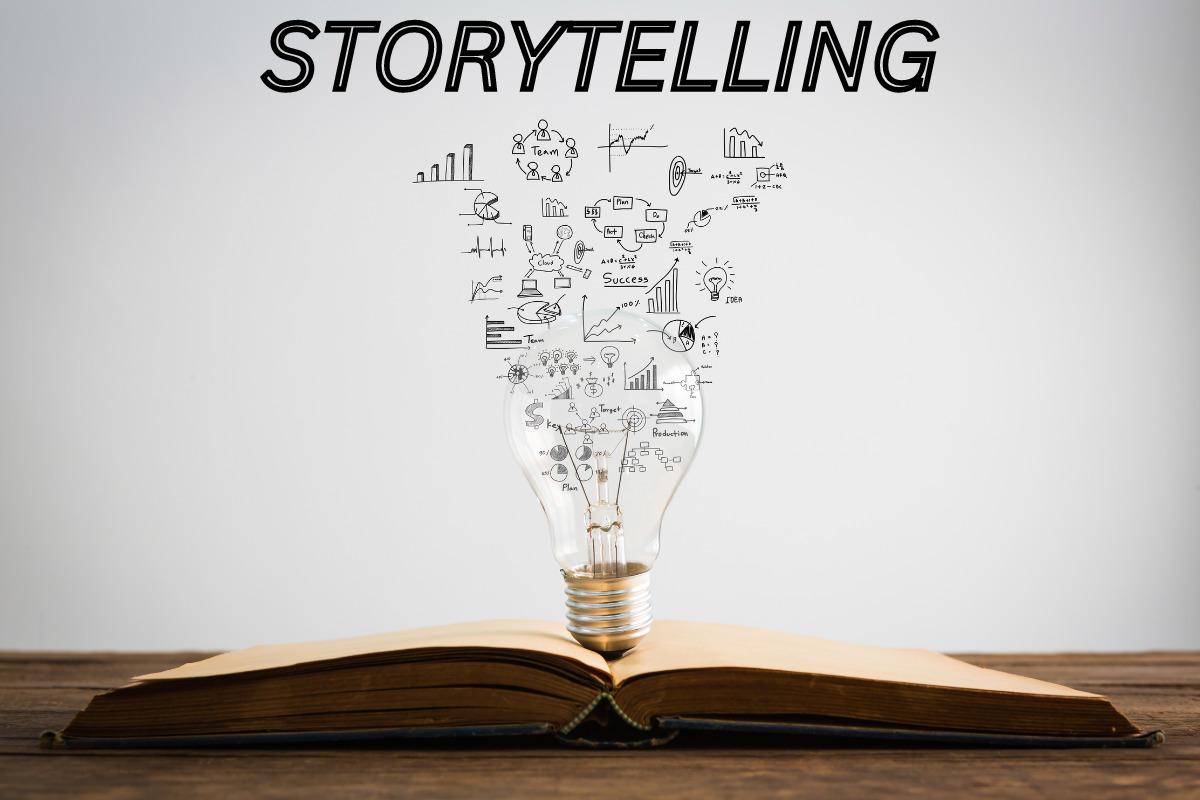
JAKARTA, inca.ac.id – Inclusive Education: Embracing Diversity in the Classroom—sounds pretty official, right? But honestly, this is one of those topics that gets real, fast, once you step into a classroom filled with all sorts of different faces and backgrounds. If you’ve ever wondered how teachers (like me!) actually juggle all that variety—and make sure every kid feels like they belong—pull up a chair. I’ve been through the ups, the whoops moments, the “oops, that was awkward,” and a bunch of small victories along the way.
What Inclusive Education: Embracing Diversity in the Classroom Actually Looks Like

When I started teaching, my idea of Inclusive Education: Embracing Diversity in the Classroom was, honestly, pretty textbook. You know, all students learn together, regardless of ability or background. But oof, in practice? It’s a wild mix. You’ve got kids who learn fast, kids who need more time, some who never speak up, and others who can’t stop talking.
I’ll never forget my first week teaching elementary—one student spoke three languages at home, one needed a wheelchair-accessible desk, and yet another had major social anxiety. Inclusive education hit me like, “Yep, you better catch up!” The first big lesson: it’s not about treating everyone the same. It’s about noticing the differences and making sure each kid gets what THEY need. No cookie-cutter solutions here.
Why Diversity in the Classroom Is Actually a Superpower
Here’s the thing: Inclusive Education: Embracing Diversity in the Classroom isn’t just some feel-good slogan. Data backs it up. Research from UNESCO shows that inclusive classrooms often result in higher student engagement and better social outcomes for all students, not just those with special needs.
And personally, I’ve watched the shyest kids break out of their shells just because the classroom vibe was welcoming. Or that moment when a new student opened up about their culture and suddenly everyone got curious (instead of excluding them). The diversity wasn’t a challenge; it was our hidden superpower. I’ll admit, I used to be terrified of “messing up”—what if I did or said the wrong thing? But, here’s what I realized: kids notice your effort, even if you’re not perfect. Just showing them that you care and are willing to learn goes a loooong way.
Tips for Making Everyone Feel Like They Belong
I won’t sugarcoat it—my first attempts at Inclusive Education: Embracing Diversity in the Classroom were rocky. I made mistakes. Here’s a life-saving tip: ask for feedback, from students AND parents. The first time I did this, I was a bit nervous (because, who loves criticism?). But it changed my teaching big time.
Another honest hack: Keep your lesson plans flexible. I had to let go of the idea that “one size fits all”. Sometimes group work needs a shake-up—let students pick their own groups, or better, switch them up so everyone gets a new perspective. I also started using more visual and hands-on learning—great for students who struggle with texts or have learning differences.
Want to know what made a huge difference? Celebrating all cultures and unique stories in class. Instead of the classic “Let’s all share about our traditions” (which can be awkward), I tried casual chats—like, “Hey, who’s got a cool family recipe?” or “Anyone have wild holiday stories?” It felt way more natural. Suddenly, kids were excited to talk about their backgrounds and, trust me, those connections are pure gold for a positive classroom culture.
Common Mistakes—and How to Dodge Them
If there’s one thing I learned, it’s that even with the best intentions, you’re gonna hit some bumps. Here are a few facepalms from my own journey—and what helped fix them:
- Overlooking the quiet ones: I used to let talkative students dominate. Now, I make space for quieter kids—sometimes by giving them a heads-up on questions so they’re ready.
- Ignoring language differences: I once assumed all instructions were crystal clear—then realized some students didn’t understand a word. Now I add visuals, demos, and sometimes let students explain concepts to each other in their own languages.
- Assuming “same equals fair”: That idea crashed and burned fast. Now, I tailor support—like giving extra time or alternative assignments if needed—and check in to see who needs what.
My Go-To Tools and Real-Life Examples
Let’s get practical. Checklist time! Here are some tools and tricks I swear by for Inclusive Education: Embracing Diversity in the Classroom:
- Regular Check-Ins: Quick daily highs/lows (like, “How are you REALLY feeling?”)—great way to spot if someone’s struggling.
- Flexible Materials: Offer worksheets in different formats (digital, printed, audio) and let students choose what works for them.
- Peer Buddies: Match students up—works wonders for new kids or those with special needs. Some of my best classroom friendships started this way.
- Visible Visual Schedules: These help everyone, not just students with autism or ADHD. Reduces anxiety and keeps kids in the loop.
One thing I tried last year was a “Culture Day” potluck—families brought food and stories, and we ended up with more laughs (and leftovers) than I could’ve imagined. Even students who rarely spoke up got into it, sharing tiny details about their home lives. That’s when I really saw the power of Inclusive Education: Embracing Diversity in the Classroom in action.
The Power of Listening, Learning, and Adapting
Let’s be real: nobody starts off an expert in inclusive education. I’m constantly learning, reading up new research (pro tip: check out Jakarta-based resources or join webinars), and swapping ideas with fellow teachers. There’s always more Knowledge out there to grab onto. Sometimes the best ideas come from your students or their families—never be afraid to ask for their input!
And hey, mistakes aren’t disasters. Each one is a lesson. Like the time I accidentally used a phrase from pop culture that meant something totally different in a student’s language. Whoops. We laughed it off, learned, and moved on.
Final Thoughts: Small Steps, Big Change
So if you’re a teacher, parent, or just someone curious about Inclusive Education: Embracing Diversity in the Classroom, here’s my honest take—start small. Celebrate differences. Ask questions. Be open to learning (and, yeah, even messing up sometimes). Every student brings something unique to your classroom puzzle, and it’s worth every bit of effort to make sure they feel like they belong.
End of the day, it’s about creating a space where everyone’s story matters. That’s what keeps me coming back every September. And honestly? That’s where the real magic happens.
Enhance Your Skills: Discover Our Expertise on Knowledge
Check Out Our Last Article on Cognitive Development!
#diversity in the classroom #education tips #embracing diversity #inclusive education #teacher experience







